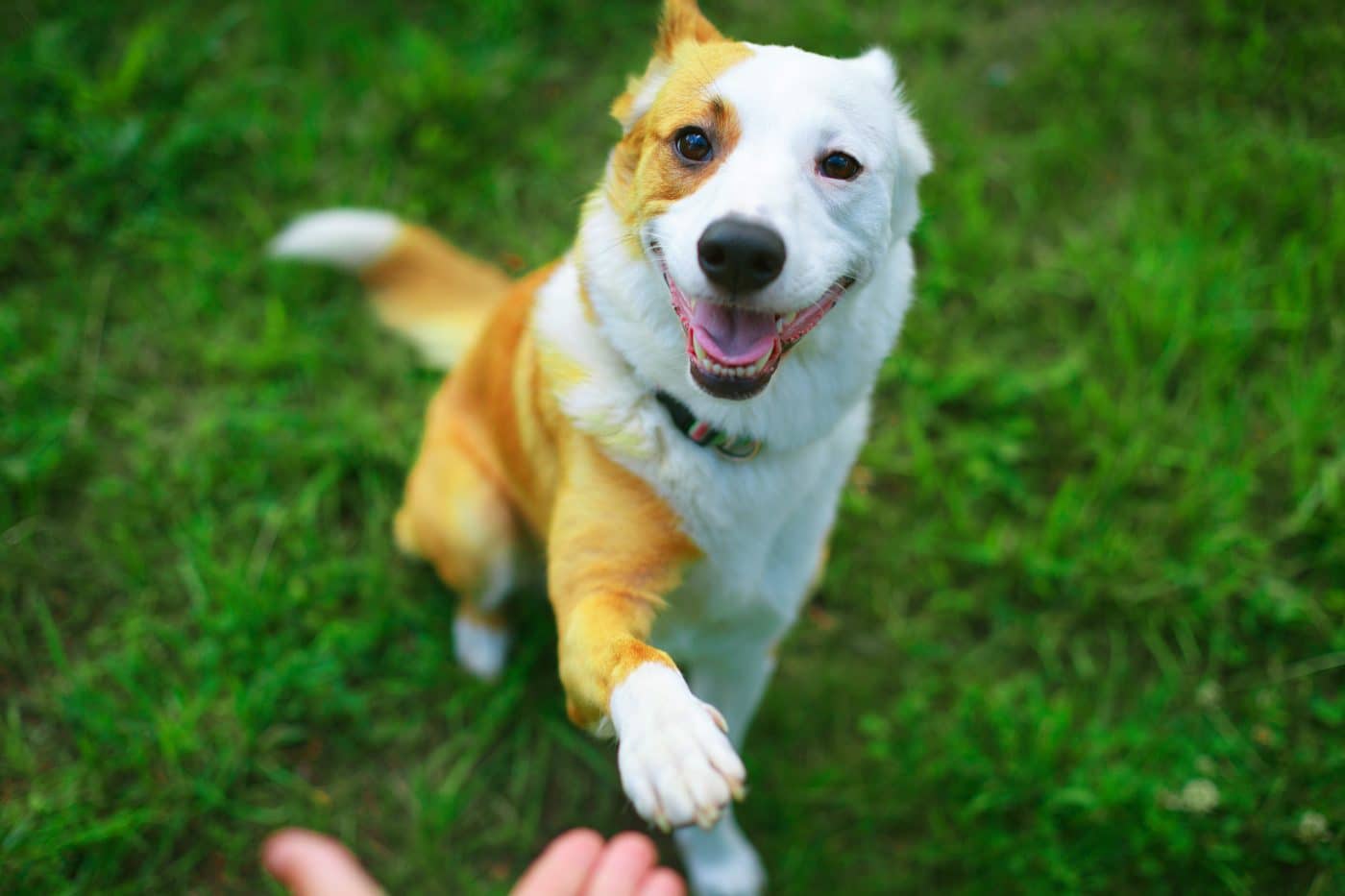 Shutterstock
Shutterstock
Dogs are often known for their loyalty, playfulness, and unconditional love, but there’s one trait that sets them apart from many other animals: their intelligence. While they may not have the ability to solve complex equations or read books, dogs prove daily that they possess an impressive level of smarts in their way. From learning tricks to reading human emotions, dogs exhibit cognitive abilities that often surprise us. Their problem-solving skills and cleverness allow them to navigate the world in ways that leave us in awe.
Mastering Human Emotions
 Shutterstock
Shutterstock
Dogs have an incredible ability to read human emotions, often understanding our moods better than we do ourselves. They can sense when we’re happy, sad, anxious, or stressed, and they know just how to respond accordingly. Whether it’s snuggling up when you’re feeling down or getting playful when you’re excited, dogs seem to know exactly what you need without being told. This emotional intelligence is a key factor in their deep bond with humans, showcasing their ability to understand and adapt to our feelings.
Problem-Solving Skills
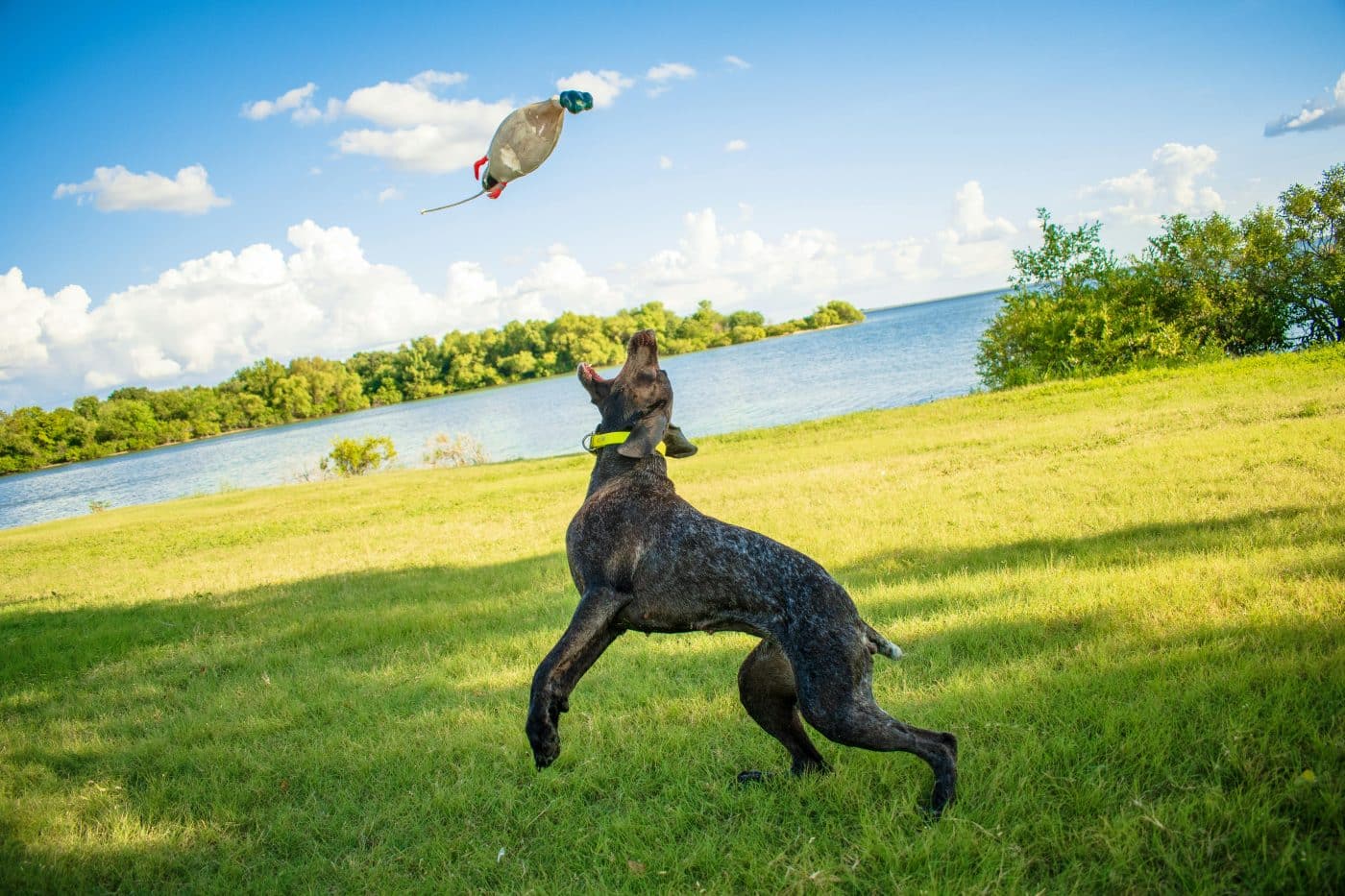 Shutterstock
Shutterstock
Dogs are natural problem-solvers, often displaying impressive levels of cognitive flexibility when faced with a challenge. For example, many dogs learn how to open doors, find hidden treats, or even navigate complex obstacles in their environment. Their problem-solving abilities are evident in everyday situations, such as figuring out how to get your attention when they want something or how to navigate a maze to reach their goal. Dogs use a combination of observation, memory, and experience to overcome challenges and adapt to new environments.
Impressive Memory
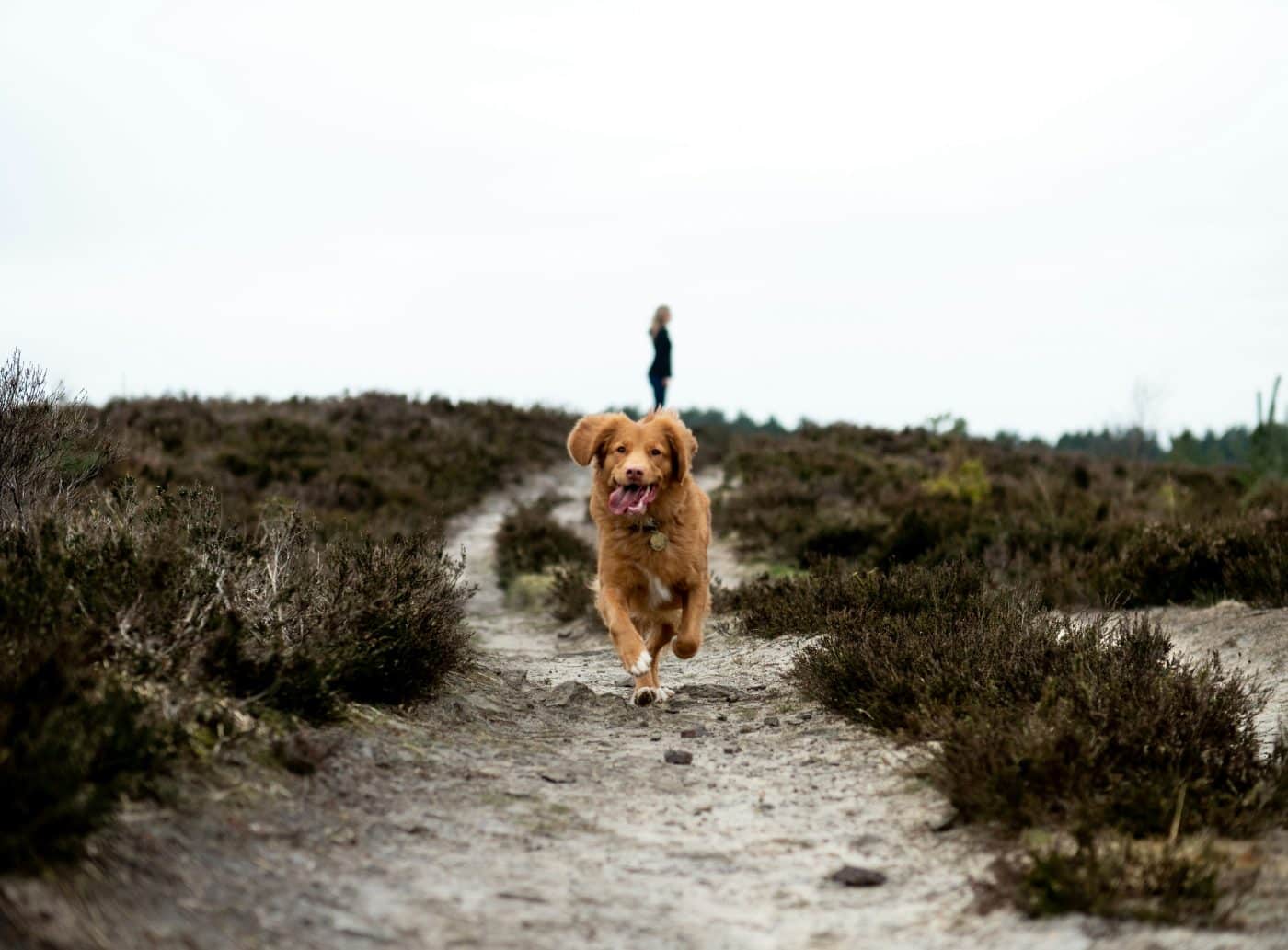 Shutterstock
Shutterstock
You may think your dog’s memory is short, especially when they forget where they put their toy, but dogs have a remarkable ability to remember people, places, and things. Dogs have been shown to remember commands, routes, and even specific events for extended periods. This is especially apparent when they recognize familiar faces or return to places they’ve visited before. Their ability to retain information and recall it when necessary is a testament to their cognitive abilities, further proving that they are far more intelligent than we often give them credit for.
Understanding Complex Commands
 Shutterstock
Shutterstock
While we may think of our dogs as being trained to follow simple commands like “sit” or “stay,” many dogs can learn much more complex commands. Some breeds, particularly working dogs, are trained to understand a wide range of instructions, from guiding the visually impaired to performing specific tasks in search and rescue missions. Dogs can often learn new commands quickly, especially when they are motivated by rewards, and some are even capable of understanding gestures, facial expressions, and body language. Their ability to comprehend and execute complex commands shows just how intelligent and adaptable they are.
Reading Body Language
 Shutterstock
Shutterstock
Dogs are experts at reading body language, not only from other dogs but from humans as well. They can interpret subtle cues such as your posture, tone of voice, and even the way you move your hands or arms. For instance, dogs can sense when you’re about to grab their leash, even if you haven’t said anything. This deep understanding of human body language allows them to anticipate our actions and react accordingly, whether it’s by wagging their tail in excitement or retreating when they sense you’re upset.
Following Directions Without Direct Commands
 Shutterstock
Shutterstock
Many dogs can follow directions even without direct verbal commands. They seem to understand when you’re pointing toward something or guiding them with a hand gesture. This ability to interpret indirect communication speaks to their intelligence and attention to detail. For example, dogs can learn to go to specific spots in your home or fetch items without being told explicitly to do so. This shows that dogs are not just trained to follow commands but can also deduce meaning from context.
Sense of Time
 Shutterstock
Shutterstock
Dogs have an incredible internal clock and are often able to sense when it’s time for specific activities, such as feeding or going for a walk. While they don’t understand time in the way humans do, dogs can pick up on routines and anticipate events based on timing. Many dogs start getting excited when it’s time for their walk or dinner, even if they haven’t been explicitly told. This sense of timing shows that dogs have an internal awareness that helps them navigate their daily lives with a sense of structure and predictability.
Impressive Communication Skills
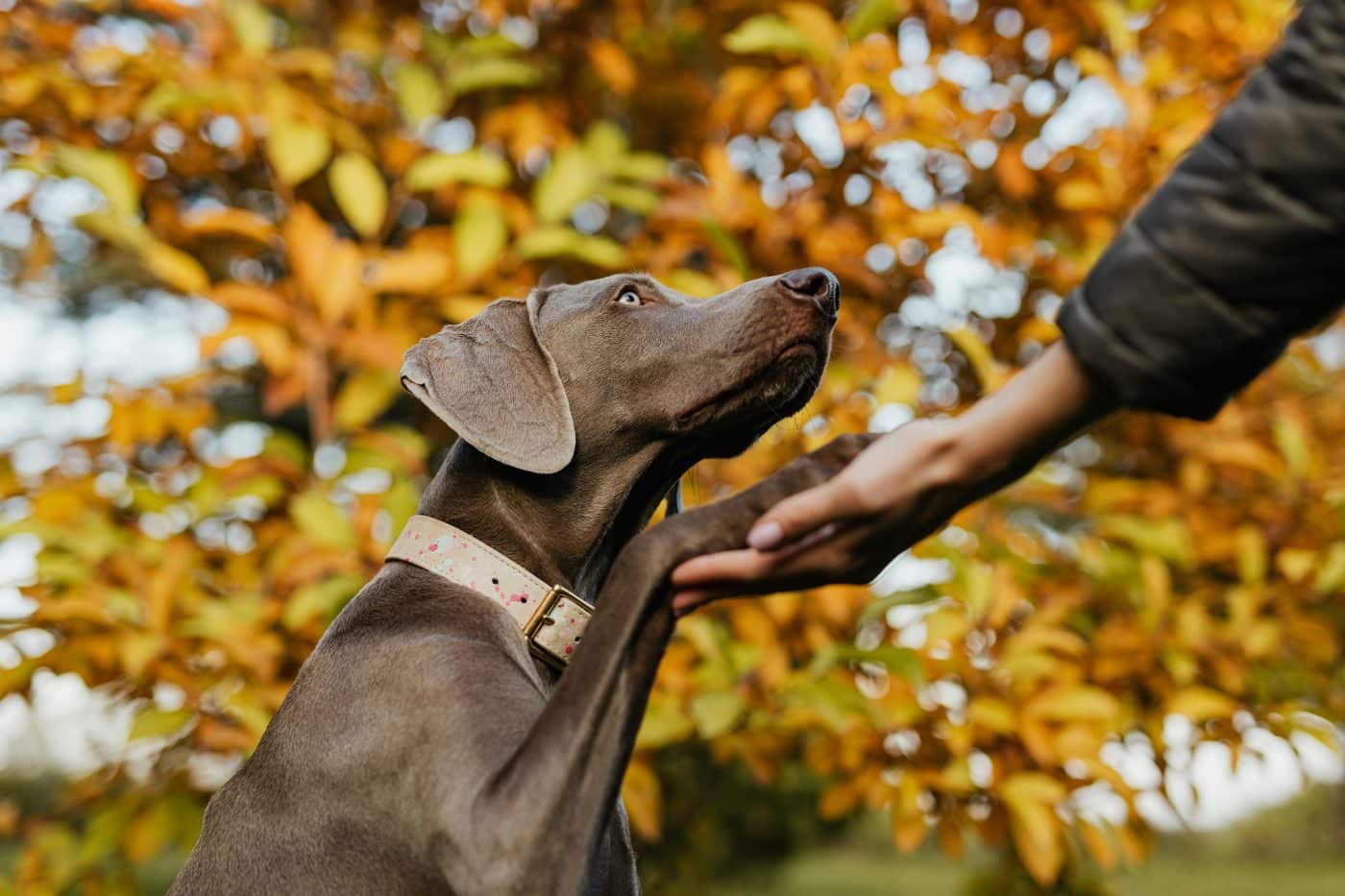 Shutterstock
Shutterstock
While dogs may not speak our language, they are incredibly skilled communicators in their own right. They use a combination of vocalizations, body language, and facial expressions to convey their feelings, desires, and needs. For example, a dog may bark to alert you to something or use a specific whine to indicate hunger or discomfort. Their communication skills go beyond just barking; they learn how to use their actions and expressions to make sure you understand what they need.
Learning Through Observation
 Shutterstock
Shutterstock
Dogs are quick learners, and one of their most impressive abilities is learning by observation. If a dog sees their owner act, they often imitate it, demonstrating an understanding of cause and effect. For example, if you press a button to open a door, your dog may learn to do the same. This ability to observe and learn from the environment shows that dogs are not only able to follow instructions but are also capable of independent learning. It’s a skill that speaks to their intelligence and adaptability.
Social Intelligence
 Shutterstock
Shutterstock
Dogs are incredibly social animals and possess a level of social intelligence that allows them to navigate complex social structures. They can understand group dynamics, recognize different individuals in their pack, and communicate accordingly. Whether interacting with other dogs or with humans, dogs can pick up on social cues, such as when it’s appropriate to be playful or when to remain calm. Their ability to engage in social situations with both dogs and humans, while respecting social boundaries, highlights their emotional and social intelligence.
Ability to Sense Danger
 Shutterstock
Shutterstock
Dogs have an exceptional ability to sense danger, whether it’s a storm on the horizon, a medical emergency, or an unfamiliar person approaching. Many dogs are trained to detect seizures, low blood sugar, or even cancer in humans. Their heightened senses, especially their sense of smell, make them incredibly sensitive to changes in the environment. This ability to sense danger is not only a survival instinct but also a sign of their sharp cognitive abilities, demonstrating that dogs are much more than just playful companions.
Empathy Toward Other Animals
 Shutterstock
Shutterstock
Dogs are not only empathetic toward humans but also toward other animals. They can sense when another dog or animal is feeling anxious, hurt, or scared, and will often approach with a gentle demeanor to offer comfort. This display of empathy is one of the most heartwarming aspects of a dog’s intelligence. Their ability to understand and respond to the emotions of other animals shows that they are highly attuned to the needs of their companions, making them incredibly emotionally intelligent creatures.
Memory of Past Experiences
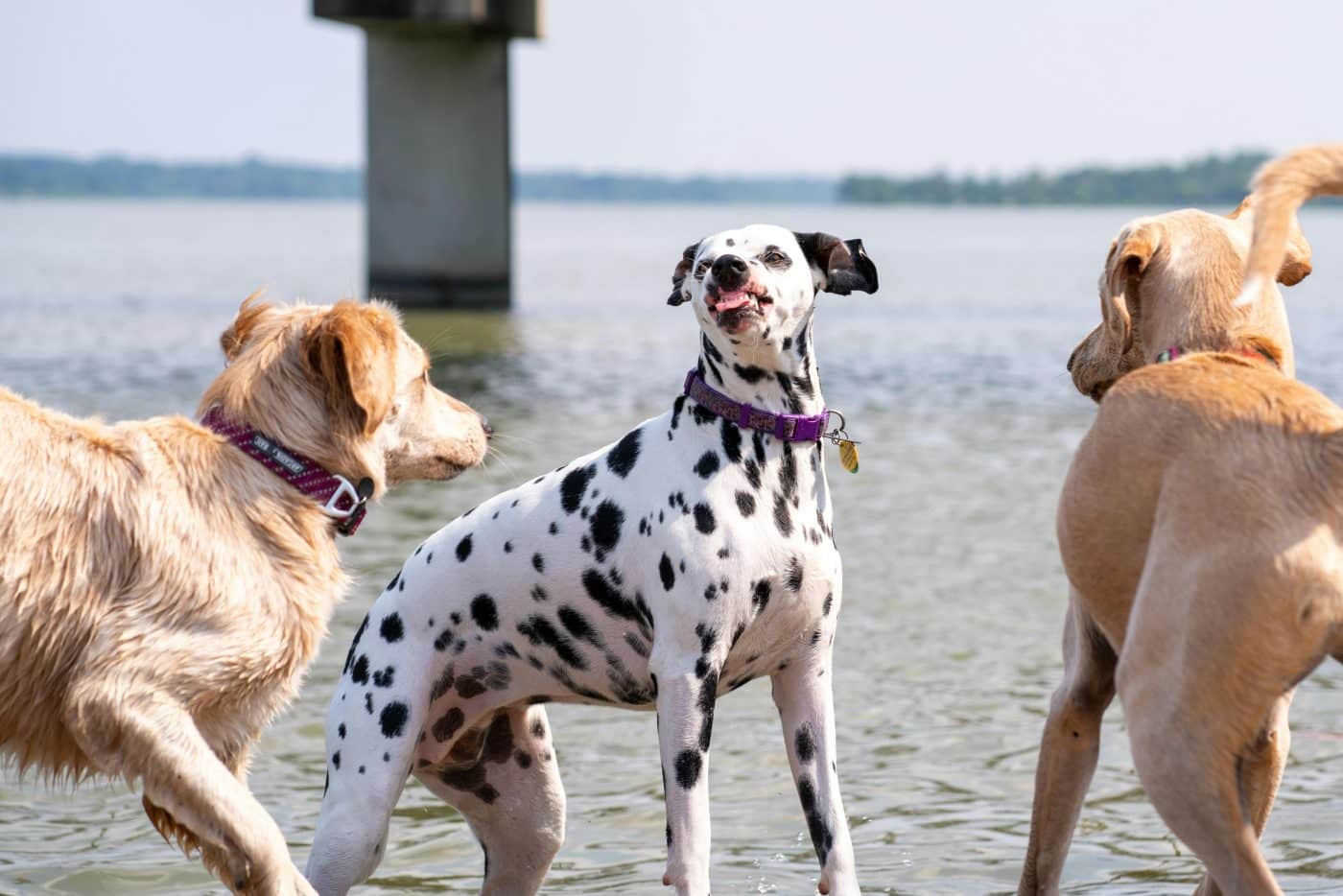 Shutterstock
Shutterstock
Dogs possess an excellent memory for past experiences, which helps them adapt to new situations and environments. They can remember where they’ve been, what they’ve done, and the people or animals they’ve encountered. This memory helps them learn from their experiences, such as knowing to avoid a certain area if they’ve been scared in the past or returning to a favorite spot they’ve enjoyed. Their ability to recall past experiences and apply that knowledge to new situations is another way dogs prove they’re smarter than we often realize.
The Barking Brainiac
 Shutterstock
Shutterstock
Dogs may not solve math problems or manage businesses, but they outsmart us in ways that truly count. From reading our emotions to solving everyday problems and even remembering where they hid their favorite bone, dogs consistently show their intelligence. The next time your dog opens the door or patiently waits by the treat jar, remember— they’re not just cute; they’re clever too! Their brains might be small, but their smarts are large, proving they’re much more than lovable companions.
 Toledo, United States.
Toledo, United States.